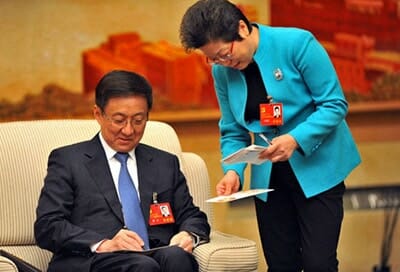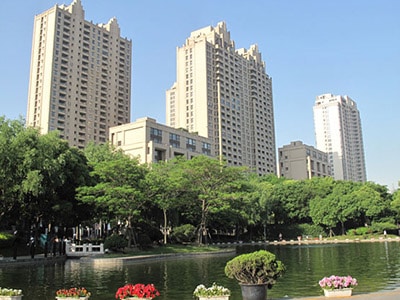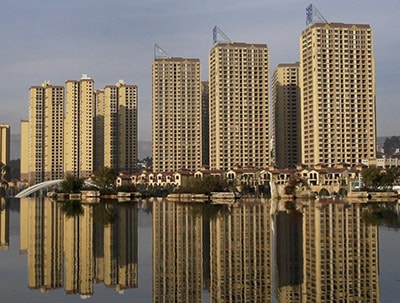
Shanghai’s government announced the new measures on Friday, and Shenzhen quickly followed suit
Shanghai authorities announced new restrictions on home purchases on Friday, including higher downpayment levels and limits on buyer eligibility, in an attempt to cool a housing market that saw prices climb 2.9 percent in February compared to the previous month.
In Shenzhen, where average home prices have jumped more than 57 percent in the last year, the local government also introduced stricter buying rules after central authorities in Beijing vowed to prevent a housing bubble in China’s booming first-tier cities earlier this month.
The new measures in the large cities have been necessitated by a surge in credit through official and shadow-banking channels that has found its way into first-tier housing markets, after China cut interest rates six times since 2014.
Limited Eligibility and Higher Downpayments
Shanghai’s new home purchase restrictions, which went into effect immediately on Friday, include limiting buying eligibility to residents who have paid income taxes and contributed to social benefit funds for the past five years – up from only two years previously.

High end developments in central Shanghai are now asking RMB120k/sqm or more
In contrast to the rest of the country, where down-payments on purchases of additional homes were lowered to 30 percent from 40 percent in February, buyers in Shanghai will need to put down 70 percent of the cost of second homes which are defined as luxury homes, and 50 percent for more modest units.
According to an account on Caixin, the local government now defines luxury homes as units larger than 140 square meters, or priced at more RMB4.5 million (US$691,000) within the Inner Ring Road, above RMB3.1 million between the Inner and Outer Ring roads, or above RMB2.3 million if outside the Outer Ring Road.
The new rules also restrict banks’ ability to offer discounted mortgages.
China’s Hottest Market Goes for Milder Cooling
In Shenzhen, which has had China’s hottest property market since average prices began to recover last year, buyers of additional homes will now need to put down 40 percent, instead of the 30 percent prevailing previously, provided that they do not have outstanding mortgages on other properties.
The southern metropolis is also requiring that residents without a local household registry should have made at least three years of social security payments before becoming eligible to buy a home in the city, rather than just one year, as was the case in the past.
Data from the Shenzhen Urban Planning and Land Resources Committee indicated that in February 2016 the average transaction price of new homes in the city reached RMB48,095 per square meter, an increase of over 72 percent from the same month last year.
China Struggles to Control Diverging Markets

Despite the surge in first-tier markets, China’s smaller cities are still awash in unsold units
Housing prices in Shanghai and Shenzhen, which are also home to China’s two biggest stock exchanges have surged since the middle of last year, coinciding closely with the collapse of an epic bull run in locally listed equities.
With housing in the major cities seen as one of the last safe financial refuges, investors with spare cash have poured into the housing markets of the two urban hubs, driving Shanghai prices up 20.6 percent in the last year, according to data from the National Bureau of Statistics.
Outside of the first-tier cities China is struggling to sell down a housing inventory that has reached 1.8 billion square metres, according to HSBC. In December the government identified the destocking of this overhang of unsold homes as a national priority after growth in real estate investment, which is estimated to drive at least 15 percent of China’s GDP, slid to just one percent last year.
However, even with three rounds of reductions in downpayment levels in these lower tier cities, and six rounds of interest rate cuts in the last two years, 15 out of China’s 70 largest communities still reported falling housing prices during February.
Leave a Reply